Stepping into a Korean convenience store is like opening a door to a mini world of Korean culture. These stores are open 24/7, providing various goods at any hour of the day or night. What makes Korean convenience stores unique is their incredibly diverse range of products.
From instant noodles and freshly prepared meals to skincare products and quirky snacks that you might not find anywhere else, Korean convenience stores have it all.
The history of convenience stores in South Korea dates back to the 1980s, but they began flourishing in the early 2000s. Today, you can find everything you need in these stores, including household items, stationery, and even ready-to-eat meals.
Convenience stores have become an essential part of daily life in Korea. Their allure lies in their ability to offer a bit of everything, making them a one-stop solution for nearly all daily necessities.
Beyond convenience, these stores offer a unique glimpse into modern Korean life. You might find popular local snacks like samgak kimbap, a triangle-shaped rice ball filled with various ingredients like spicy chicken, tuna, and kimchi.
Discovering the charm of convenience stores in South Korea means experiencing how they cater to locals and travelers, blending functionality with a touch of Korean culture.
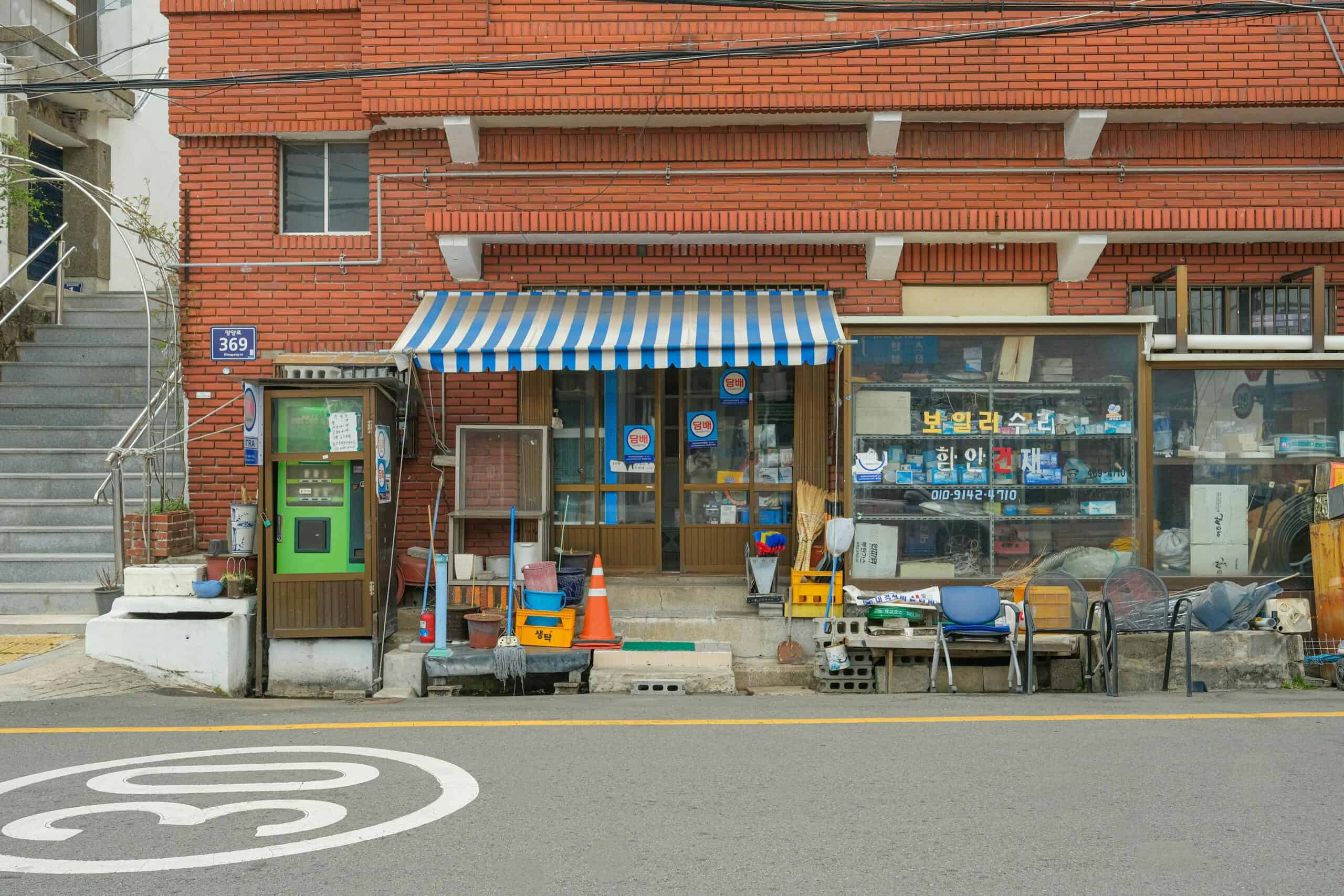
Jump to:
⌛ History and Expansion of Korean Convenience Stores
Inception and Growth
Convenience stores in Korea started gaining popularity in the late 1980s. With a growing economy, there was a demand for quick and easy shopping options. The first notable convenience store chain was the introduction of 7-Eleven in 1989.
By the early 2000s, more brands entered the market. These stores became known for their 24-hour service, providing everything from snacks to daily necessities. They evolved to offer unique products and services like quick meals and utility bill payments, making them essential in urban areas.
Major Chains
Several major chains dominate the Korean convenience store landscape. CU is among the most recognizable names, with thousands of stores nationwide. Another giant, GS25, offers various products and focuses on trendy and fresh items. 7-Eleven is also a major player, benefiting from its early entry into the market.
Another popular chain, Ministop, is known for its combination of convenience store and fast-food items. These chains have also expanded beyond Korea, with stores in places like Central Asia, particularly Kazakhstan, showing their influence and durability in the market.
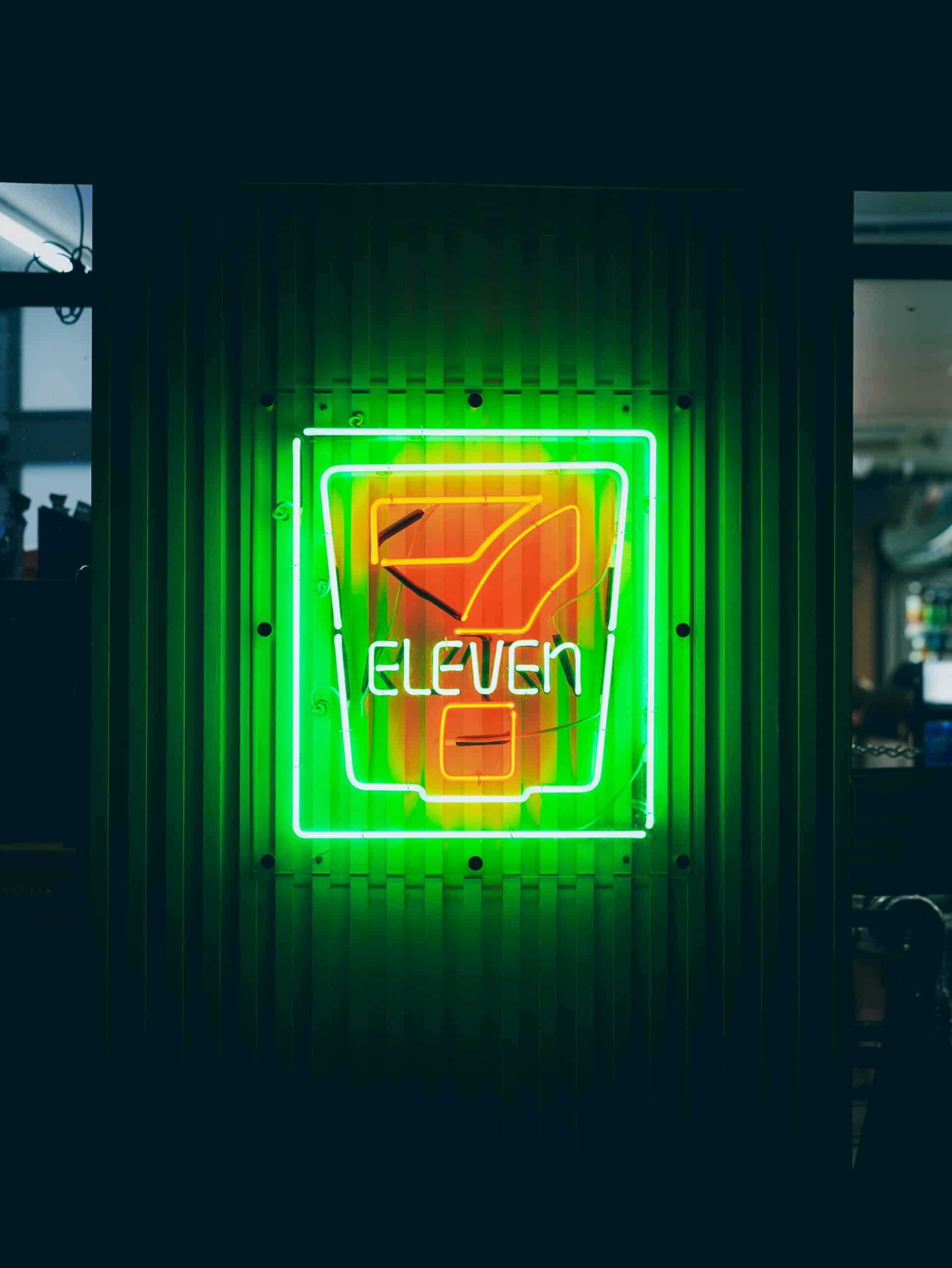
🍱 Unique Offerings of Korean Convenience Stores
Ready-to-Eat Meals
One key attraction of Korean convenience stores is their wide range of ready-to-eat meals. For example, you can find meals like samgak kimbap, which are small, triangular rice rolls filled with assorted ingredients such as bulgogi or spicy tuna.
In addition to samgak, there are dosirak, similar to Japanese bento boxes. These meals come with rice, meat, and veggies. They also offer hearty Korean meals like bibimbap and tteokbokki. These meals are perfect for those who need a delicious meal on the go.
Convenience Store Ramen
A highlight for many visitors is the ramen section. Korean convenience stores stock a variety of instant ramen flavors, from classic spicy ramyun to unique options like cheese and kimchi ramen.
Most stores also provide hot water dispensers and microwaves, making cooking your ramen right in the store easy. Some even have tables and seating areas, so you can enjoy a hot bowl of ramen comfortably. This setup makes it convenient to grab a quick, satisfying meal anytime.
Diverse Snack Selection
The snack variety in Korean convenience stores is impressive. They have everything from Korean snacks like Pepero (chocolate-covered biscuit sticks) to chocolate pies and choco mushrooms.
You’ll also find a wide selection of chips and crackers, including unique flavors like honey butter or shrimp. There are ice cream bars in flavors like green tea and black sesame for something sweet. These snacks provide a perfect treat whether you want something savory or sweet.
Exclusive Products
Korean convenience stores often carry exclusive items that you won’t find elsewhere. Popular ones include banana milk, a favorite for its sweet taste, and traditional drinks like sikhye and barley tea.
They also sell unique snack boxes that combine several treats into one package. Seasonal and limited-edition products are common, making each visit to the store exciting with new finds.
These exclusive products make shopping at Korean convenience stores a unique experience every time.
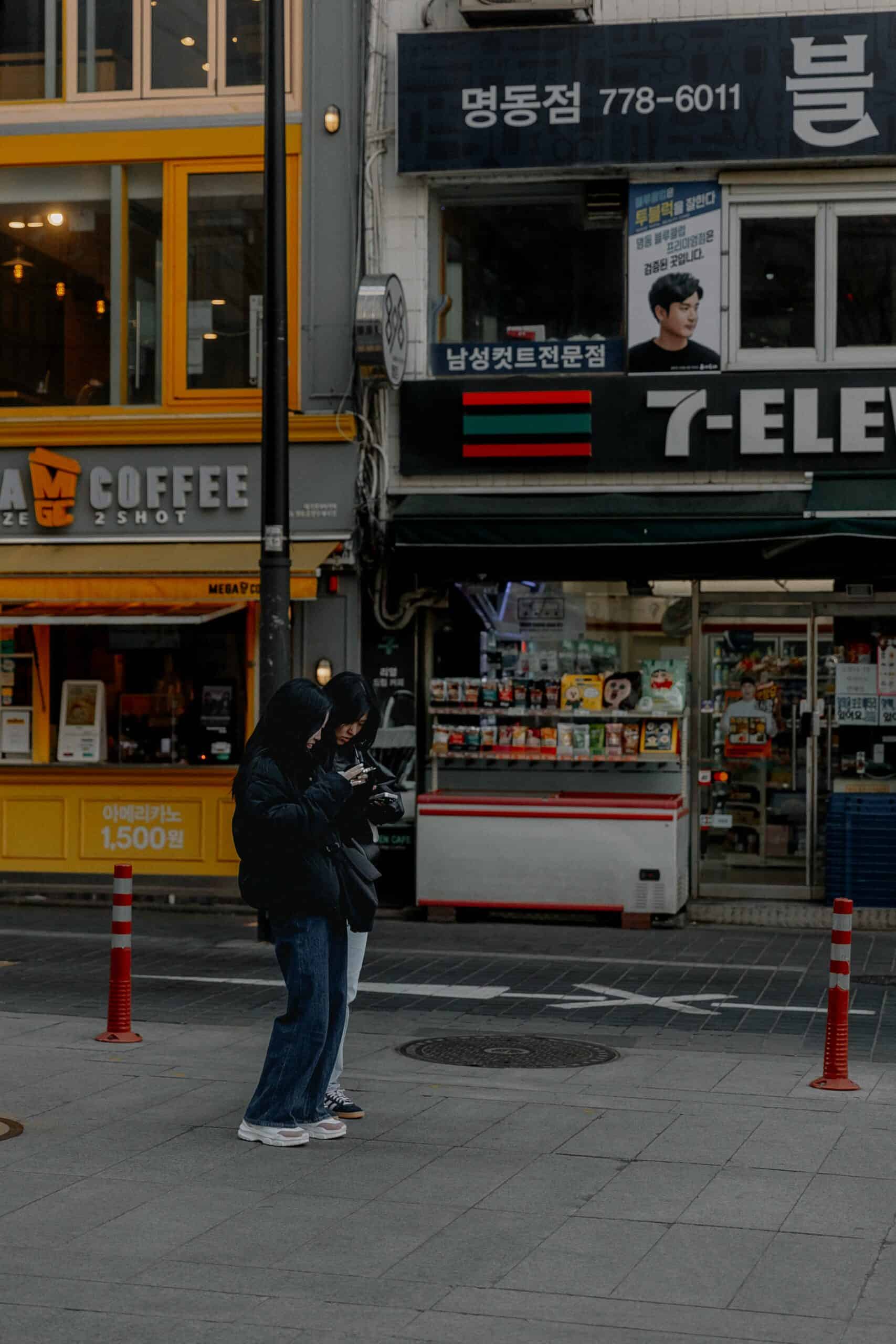
👩 Cultural Significance and Social Aspects
Part of Daily Life in Korea
Convenience stores in Korea are found on almost every corner. They’re open 24/7, making them essential for locals and travelers. People stop by for quick meals, snacks, or relaxation.
Meals and Snacks: Many people rely on these stores for fresh, ready-to-eat meals. From kimbap and ramyun to microwaveable rice dishes, the options are endless.
Relaxation Spots: Some stores have seating areas where friends can hang out, students can study, and workers can take a break. This makes them social hubs at all hours.
Community Services: These stores also provide services like bill payment, package delivery, and even concert ticket sales, reflecting their role as go-to places for convenience in everyday life.
Influence on Pop Culture
Korean convenience stores have a big presence in pop culture. For instance, they often appear in K-dramas.
K-Drama Appearances: Characters in K-dramas frequently meet in convenience stores, highlighting their role as communal spots. This portrayal makes them iconic in Korean media.
Social Media Impact: Popular on social media, Korean convenience stores are featured in vlogs, Instagram posts, and travel blogs. People share unique snacks, new products, and store experiences, bringing international attention.
Exclusive Products: Some stores even collaborate with popular brands or celebrities to offer limited edition items, making them hotspots for fans and collectors.
In short, Korean convenience stores are much more than retail spaces; they’re integral to daily routines and deeply ingrained in pop culture.
🏪 Convenience Beyond Retail
Financial Services
Many Korean convenience stores provide financial services like ATMs. These machines let customers withdraw cash anytime, reflecting the nation's round-the-clock culture. Some stores also offer basic banking services.
For instance, you can pay bills, transfer funds, and even deposit money. Prepaid cards for public transportation are also available, making it easy to get around without needing exact change.
This feature helps people manage their finances without going to a bank, which might not be open late at night. The availability of financial services makes these stores a one-stop location for many daily needs.
Delivery and Postal Services
Parcel delivery is another unique feature of Korean convenience stores. Many of these stores serve as pick-up and drop-off points for packages. This service is great for people who are often not home to receive deliveries. They can collect their parcels at their convenience.
Additionally, customers can send letters and parcels directly from the store. Some stores even offer return services, making it easier to send back online purchases. This integration of postal services saves time and adds an extra layer of convenience for busy individuals.
Lifestyle Conveniences
Korean convenience stores go above and beyond by offering several lifestyle conveniences. Microwaves and coffees are available, allowing customers to heat meals or grab a quick caffeine fix while on the go. Some locations even have seating areas for enjoying food.
Stores often sell umbrellas and other emergency items, ensuring customers are prepared for unplanned weather changes. The 24/7 accessibility means you can get what you need any time, day or night.
These stores become a hub for quick and essential daily solutions, contributing to their popularity and frequent use by locals.
❓ Frequently Asked Questions
Items at Korean convenience stores are often more affordable due to fierce competition among chains like GS25, CU, and 7-Eleven. The competitive market forces these stores to frequently offer discounts, promotions, and specialized pricing to attract customers.
Korean convenience stores stock an incredible range of products. From everyday groceries to beauty products, you can find almost anything you need. These stores also feature an assortment of Korean and international snacks, beverages, and even ready-to-eat meals.
In Korea, convenience stores are not just places to shop. They’re social hubs where people hang out, eat, drink, and even study.
Many stores offer seating areas and are open 24/7, making them popular spots for late-night gatherings.

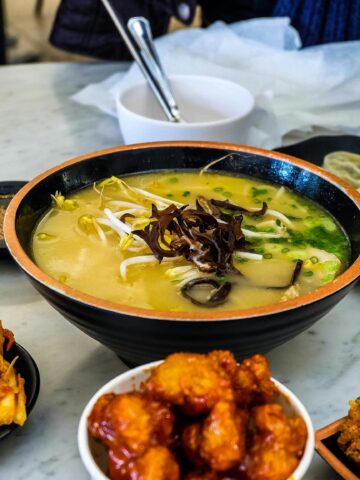

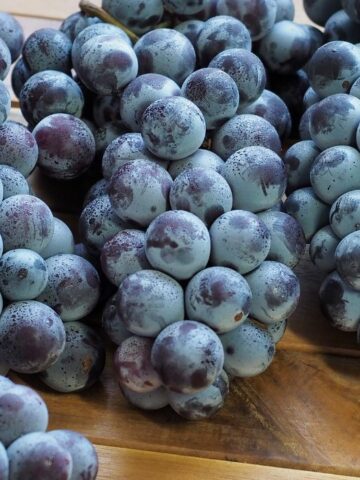

Comments
No Comments